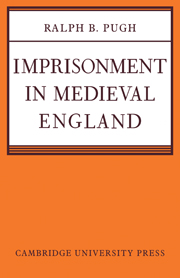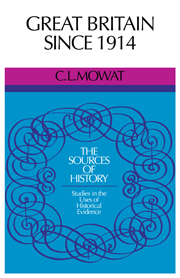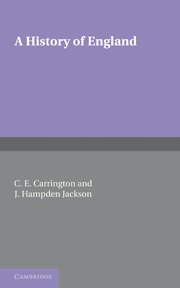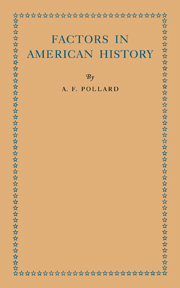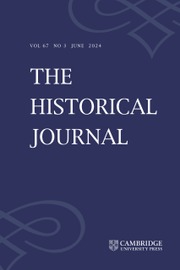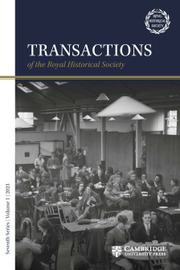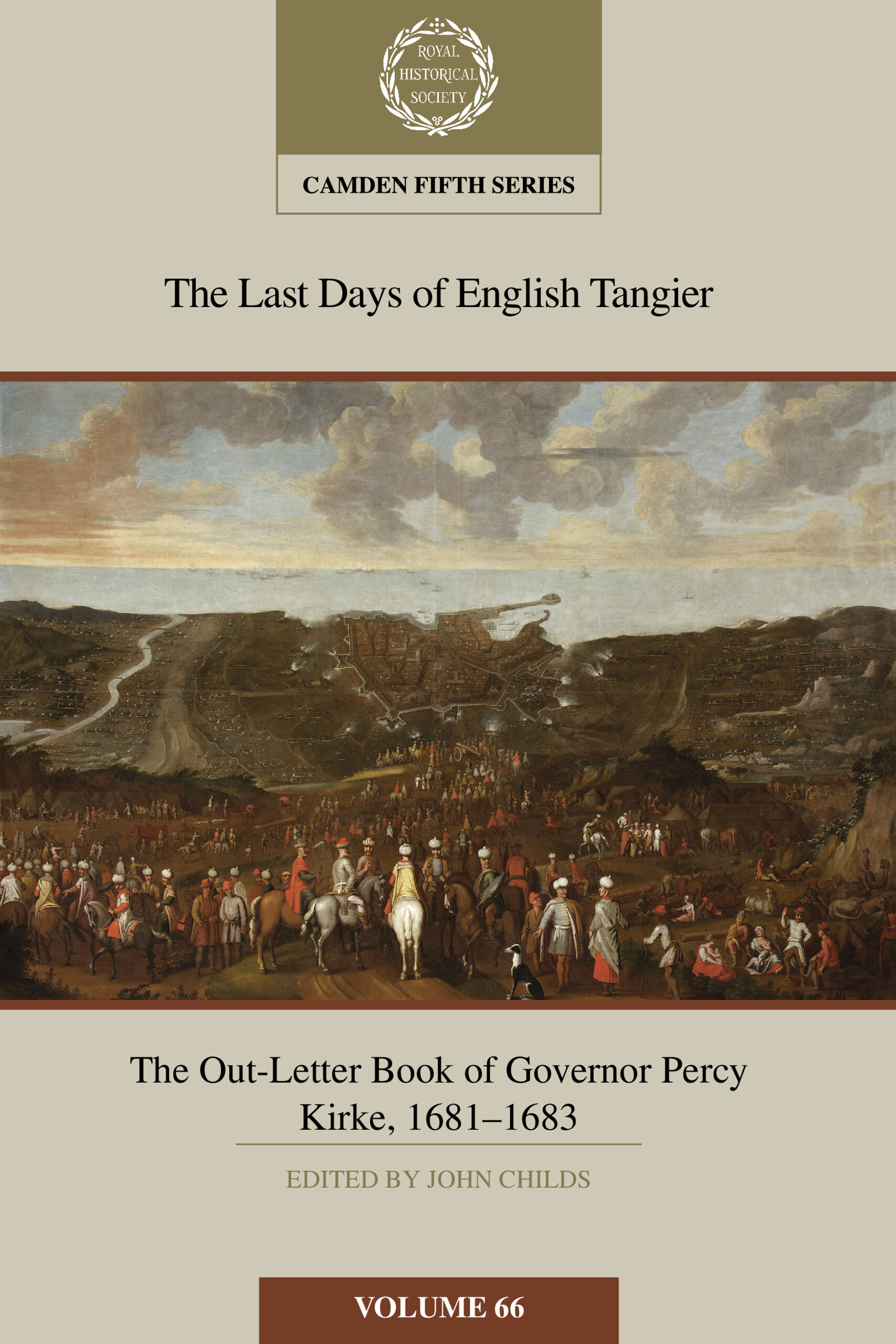The Medieval Alexander
Many books were written in the Middle Ages about Alexander the Great and still more books have been written about those books in the last hundred years. In this classic study of the medieval Alexander, first published in 1956, George Cary approached the problem from an altogether different angle, using material which none of his predecessors had exploited. He asked himself the simple question: What did people really think about Alexander in the Middle Ages? The resultant answers proved various and unexpected, changing from age to age and from group to group. Published posthumously, Cary's study was edited by D. J. A. Ross, who corrected certain details, added some footnotes and included an additional section on the Histoire ancienne jusqu'a Cesar. To this were also added a number of illustrative plates and an appendix on the origins of the Greek Alexander Romance.
Product details
February 2009Paperback
9780521108775
448 pages
216 × 140 × 25 mm
0.57kg
Available
Table of Contents
- Illustrations
- Authors Acknowledgements
- Abbreviations
- General Introduction
- Part I. A Brief Survey of the Sources for Medieval Knowledge of Alexander the Great and of their Principal Medieval Derivatives:
- 1. The primary sources of medieval knowledge of Alexander the Great
- 2. The principal medieval derivatives of psuedocallisthenes
- 3. The principal medieval texts derived from historical sources
- 4. The principal Latin chronicle accounts of Alexander
- Part II. The Medieval Conception of Alexander the Great: Introduction
- 1. The conception of Alexander in moralists to the fourteenth century, with a prospect of the opinion of later writers
- 2. The conception of Alexander in theologians and mystics
- 3. The conception of Alexander in the books of 'exempla' and in preachers
- 4. The conception of Alexander in secular writers to the fourteenth century, with a prospect of the opinion of later writers
- 5. The late medieval conception of Alexander in England, France and Germany
- 6. The conception of Alexander in late medieval and renaissance Italy
- 7. Summary conclusion
- Notes
- Appendices
- Bibliography
- Index.


